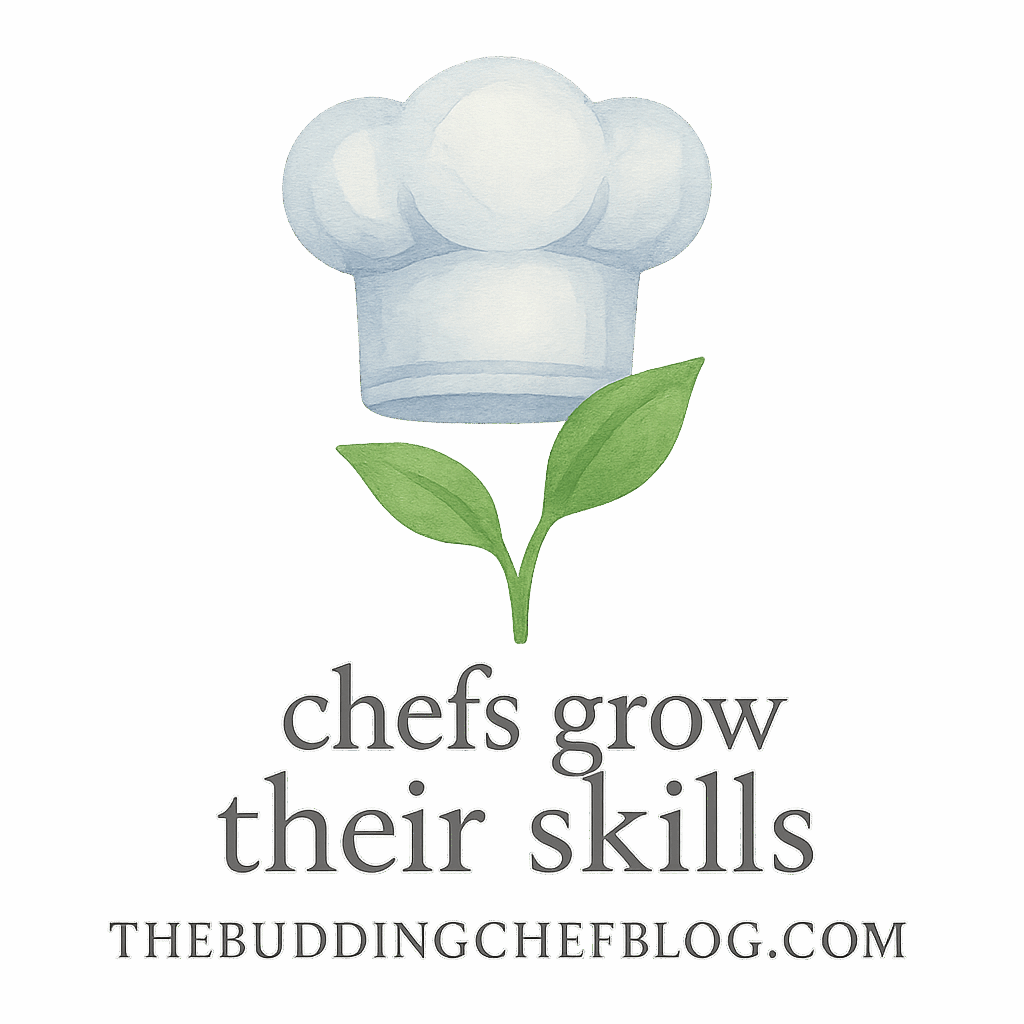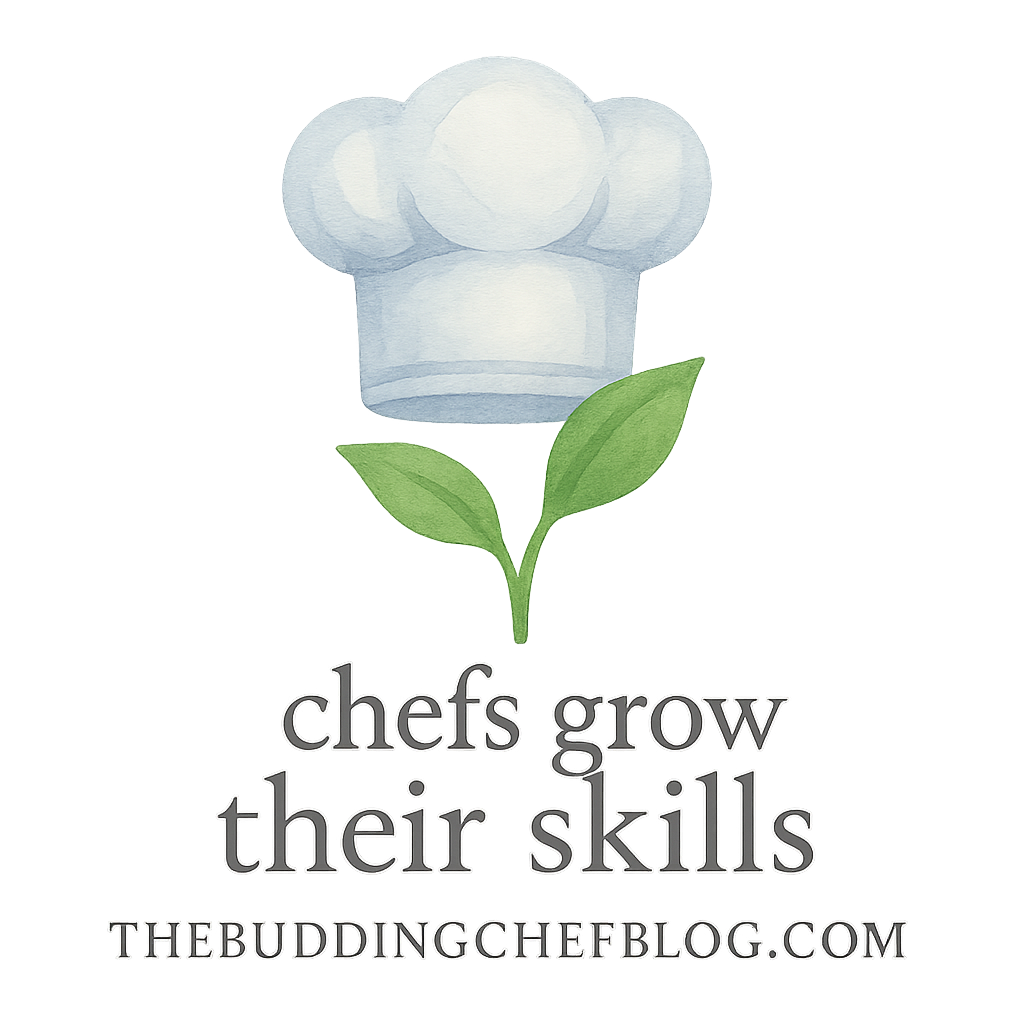Cooking doesn’t have to come with a side of dairy! Whether you’re lactose intolerant, vegan, or just out of milk, there’s a whole world of dairy substitutes waiting for you to explore. As a beginner chef, knowing your options gives you the power to whip up delicious meals without compromise. Let’s dive deep into the 6 best dairy substitutes every beginner chef should know—so you’re never caught off-guard in the kitchen again.
Explore more basic cooking techniques and gain ingredient knowledge to level up your skills.
Why Learn Dairy Substitutes as a Beginner Chef?
Dairy is in everything—sauces, baking, desserts, even your morning coffee. But not everyone can (or wants to) use it. Learning alternatives early on makes you a more flexible and creative cook. It also helps you stay on budget and cook for a wider range of dietary needs.
Understanding the Role of Dairy in Cooking
Flavor, Texture, and Chemistry
Dairy adds richness, creaminess, and depth to food. It also plays a scientific role—think how butter helps cookies spread or how milk adds body to mashed potatoes.
Cooking Techniques Affected by Dairy
Boiling, sautéing, baking, and emulsifying—these methods often rely on dairy’s fat and protein content. That’s why choosing the right substitute matters.
Need a refresher on how cooking techniques work? Dive into our guide on basic cooking techniques.
When and Why to Use Dairy Substitutes
Lactose Intolerance and Allergies
About 65% of the world’s population has some form of lactose intolerance. Substitutes prevent discomfort and open up food possibilities.
Vegan and Plant-Based Cooking Trends
More people are ditching animal products. If you want to grow as a professional or cater to more people, knowing plant-based options is a must.
Budget-Friendly and Accessible Options
Some dairy-free options are cheaper or last longer. This makes them great for anyone practicing meal planning or cooking on a budget.
Dairy Substitute #1: Almond Milk
Best Uses in Cooking
Almond milk is light, slightly nutty, and perfect for:
- Cereal
- Smoothies
- Pancakes
- Sauces
Tips for Choosing the Right Almond Milk
Go for unsweetened, unflavored versions when cooking savory meals. Some almond milks are too thin, so if texture matters, opt for barista-style blends.
Check our tagged recipes for beginner chefs to see how almond milk fits in!
Dairy Substitute #2: Coconut Milk
Ideal Dishes and Flavor Pairings
Coconut milk brings a creamy texture and slight sweetness—ideal for:
- Curries
- Soups
- Baked goods
Creamy Alternatives with Tropical Notes
Full-fat coconut milk can even replace heavy cream in sauces or whipped toppings. Be mindful of the flavor—it doesn’t always work for everything.
If you’re experimenting, our recipe practice section is a great place to start!
Dairy Substitute #3: Soy Milk
Nutritional Similarities to Dairy Milk
Soy milk packs protein—similar to cow’s milk—making it a fantastic choice for creamy recipes or when nutrition counts.
Where Soy Milk Works Best
Use it for:
- Creamy pastas
- Mashed potatoes
- Lattes
- Baked goods
Just remember: some brands have a bean-like aftertaste, so taste-test before cooking.

Dairy Substitute #4: Oat Milk
Barista-Friendly and Neutral in Taste
If you like coffee, oat milk’s your friend. It froths well and has a mild flavor, making it a universal choice.
Best for Baking and Coffee
Great for:
- Muffins
- Cakes
- Creamy sauces
- Iced coffee
Plus, oat milk is easy on the planet and your gut—talk about a win-win!
Need ideas on how to improve your coffee game? Visit our guide to kitchen tools and equipment for the best frothers and blenders.
Dairy Substitute #5: Cashew Cream
Making Homemade Cashew Cream
Soak raw cashews, blend with water, and voilà—you’ve got a luscious, dairy-free cream. Adjust water levels for thickness.
Rich Texture for Savory Dishes
Cashew cream works great in:
- Pasta sauces
- Mac & cheese
- Soups
- Spreads
It mimics the richness of heavy cream without overpowering the dish.
Pro tip: Add this to your practice habits for a creamy go-to that impresses guests.
Dairy Substitute #6: Vegan Butter and Cheese
Cooking with Plant-Based Spreads
Vegan butters can sauté, bake, and even brown just like regular butter. Brands vary—some are coconut-oil based, others soy or nut-based.
Best Melting Alternatives for Cheese
From cheddar to mozzarella, vegan cheeses are getting better every year. Look for meltability and ingredients when selecting.
Explore kitchen tools that help achieve that perfect melt, like non-stick pans and steam lids.
Tips for Cooking with Dairy Substitutes
Adjusting Cooking Techniques
- Some dairy-free milks curdle at high heat. Stir slowly and avoid boiling.
- Adjust sweetness in baked goods when using sweetened substitutes.
Taste Testing and Texture Control
Experiment until it feels right. Substitutes can shift flavors and textures, so stay flexible.
Want to avoid common mistakes? We’ve got you covered.
Tools That Help with Dairy-Free Cooking
Blender, Food Processor, and More
You’ll want:
- A high-speed blender (for nut creams)
- Measuring spoons/cups
- Frother (for oat or soy milk)
Check out our kitchen tools and equipment post for more recommendations.
Build Your Confidence as a Beginner Chef
Practice, Experiment, Improve
Cooking is all about trying, failing, and trying again. Keep a diary, taste-test often, and ask for feedback. Want to improve fast? Join our professional growth and improvementchefs community.
Conclusion
Dairy substitutes aren’t just alternatives—they’re essential tools in your culinary toolkit. Whether you’re avoiding dairy for health, ethical, or budget reasons, there’s a solution that fits your needs. Embrace the experimentation, have fun in the kitchen, and remember: mastering these ingredients brings you one step closer to becoming a confident, creative cook.
FAQs
1. What is the best all-around dairy substitute for beginner chefs?
Oat milk. It’s neutral, creamy, and works well in most recipes—both savory and sweet.
2. Can I use almond milk for baking cakes?
Yes! Unsweetened almond milk is a great alternative, just watch the consistency.
3. How do I make cashew cream at home?
Soak cashews in water for 4–6 hours, then blend with water until smooth. Easy!
4. Are vegan cheeses good for pizza?
Yes, especially brands that melt well. Look for those labeled “melts and stretches.”
5. Is coconut milk a good substitute for heavy cream?
Absolutely. Full-fat canned coconut milk can mimic the texture and creaminess.
6. Do dairy substitutes spoil faster than regular milk?
Some do, especially homemade options. Always check the expiration date and store properly.
7. Where can I find beginner-friendly recipes using dairy substitutes?
Check out The Budding Chef Blog for helpful guides, recipes, and kitchen tips tagged under beginner, practice, and affordable meals.


